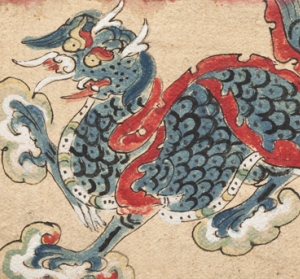Selected Conference Proceedings from Naxi Conference May 14th and 15th, 2011
Subscribed: 0Played: 0
Subscribe
© 2011 Rubin Museum of Art
Description
Selected proceedings from a conference that marked the opening of the Rubin Museum of Art exhibition entitled Quentin Roosevelt's China: Ancestral Realms of the Naxi. The exhibition explores approximately one hundred works of Naxi religious art primarily acquired by Quentin Roosevelt, grandson of President Theodore Roosevelt, and botanist-explorer Joseph Rock in the early- to mid-twentieth century, for the first time. The Naxi—one of China's fifty-five ethnic minority nationalities—traditionally practiced the Dongba religion.
Selected Proceedings on iTunesU include: Contemporary Contexts for Traditional Naxi Music and Dance on Friday May 14th-Session 1
Selected Proceedings on iTunesU include: Contemporary Contexts for Traditional Naxi Music and Dance on Friday May 14th-Session 1
5 Episodes
Reverse
Comments






